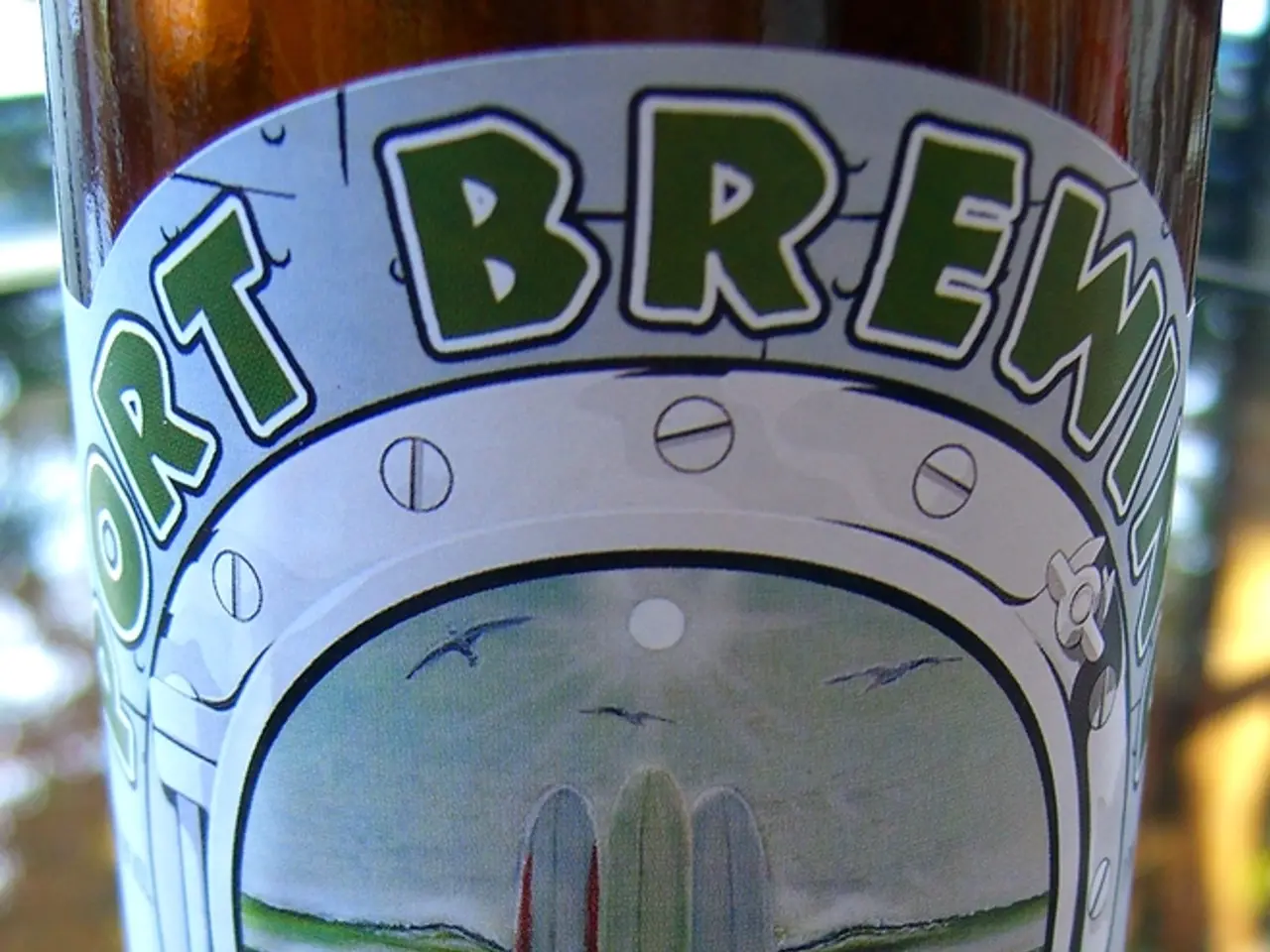Quantifying Alcohol Content in Kombucha Beverages
Kombucha, the popular fermented tea drink, is known for its slightly alcoholic and vinegary taste. But what factors influence the alcohol content of this beverage?
The alcohol content of kombucha is primarily determined by several factors, including sugar content, yeast presence, fermentation temperature, fermentation time, and exposure to air.
Sugar content plays a crucial role in kombucha fermentation. Yeasts convert sugar into alcohol and carbon dioxide. Higher initial sugar levels provide more substrate for yeast fermentation, potentially increasing alcohol content initially before bacteria convert alcohol into acids.
Yeast is essential in kombucha as it ferments sugar into alcohol. The balance and activity of yeast species affect the amount of alcohol produced. If yeast activity is high and bacteria activity low, alcohol content will be higher; if bacteria oxidize alcohol to acetic acid effectively, alcohol levels remain low.
Fermentation temperature also affects the alcohol level of the final kombucha product. Warmer temperatures (around 24-30°C or 75-86°F) speed up fermentation, promoting faster sugar consumption and potentially higher temporary alcohol levels. However, too high or low temperatures can impair yeast activity or promote spoilage.
Fermentation time is another significant factor. The longer the kombucha ferments, the more sugar is converted first into alcohol by yeast and then into organic acids by bacteria, notably acetic acid. Early-stage kombucha tends to have higher alcohol, which decreases as fermentation progresses and acidity increases.
Surface area in contact with air also impacts kombucha's alcohol content. Kombucha ferments aerobically for the bacteria that convert alcohol to acid, requiring oxygen at the surface. A wide surface area exposed to air encourages bacteria growth and oxidation of alcohol, lowering the alcohol content over time. A sealed or limited-air environment tends to retain higher alcohol levels due to less bacterial oxidation.
In summary, higher sugar content and active yeast promote higher initial alcohol levels, while longer fermentation time, suitable warm temperature, and ample air surface area favor bacteria that convert alcohol into acids, reducing final alcohol content in homemade kombucha. Homebrewers manage these factors to achieve their desired balance of alcohol, sweetness, and acidity.
It is worth noting that the exact alcohol content of each batch of homemade kombucha is difficult to measure. Commercial kombucha, however, has an alcohol percentage of less than 0.5%.
Transferring kombucha to a carboy after 5 days of fermentation can further increase alcohol content by limiting oxygen exposure. Conversely, increasing the level of added sugar, reducing fermentation time, and limiting air exchange can increase the alcohol content of kombucha. A simple method to produce high alcohol kombucha involves limiting the presence of oxygen and maintaining a high sugar level.
Wild yeast present in the environment can also influence the alcohol content of kombucha, adding an element of unpredictability to the brewing process.
[1] Farnworth, E. (2020). The Science of Kombucha: A Comprehensive Review. Journal of Food Science and Technology, 57(6), 2272-2288. [4] Zheng, Y., & Wang, Y. (2018). Microbial Diversity and Metabolic Pathways in Kombucha Fermentation. Frontiers in Microbiology, 9, 1941.
- The balance between yeast and bacteria activity during kombucha fermentation significantly influences the drink's alcohol content, as a high yeast activity leads to higher alcohol levels when bacteria activity is low.
- Air exposure during kombucha fermentation affects alcohol content, with more oxygen promoting bacterial growth and alcohol oxidation, thereby reducing final alcohol levels.
- In addition to these factors, the presence of wild yeast in the environment can contribute to the unpredictable alcohol content of homemade kombucha, adding complexity to the brewing process.




